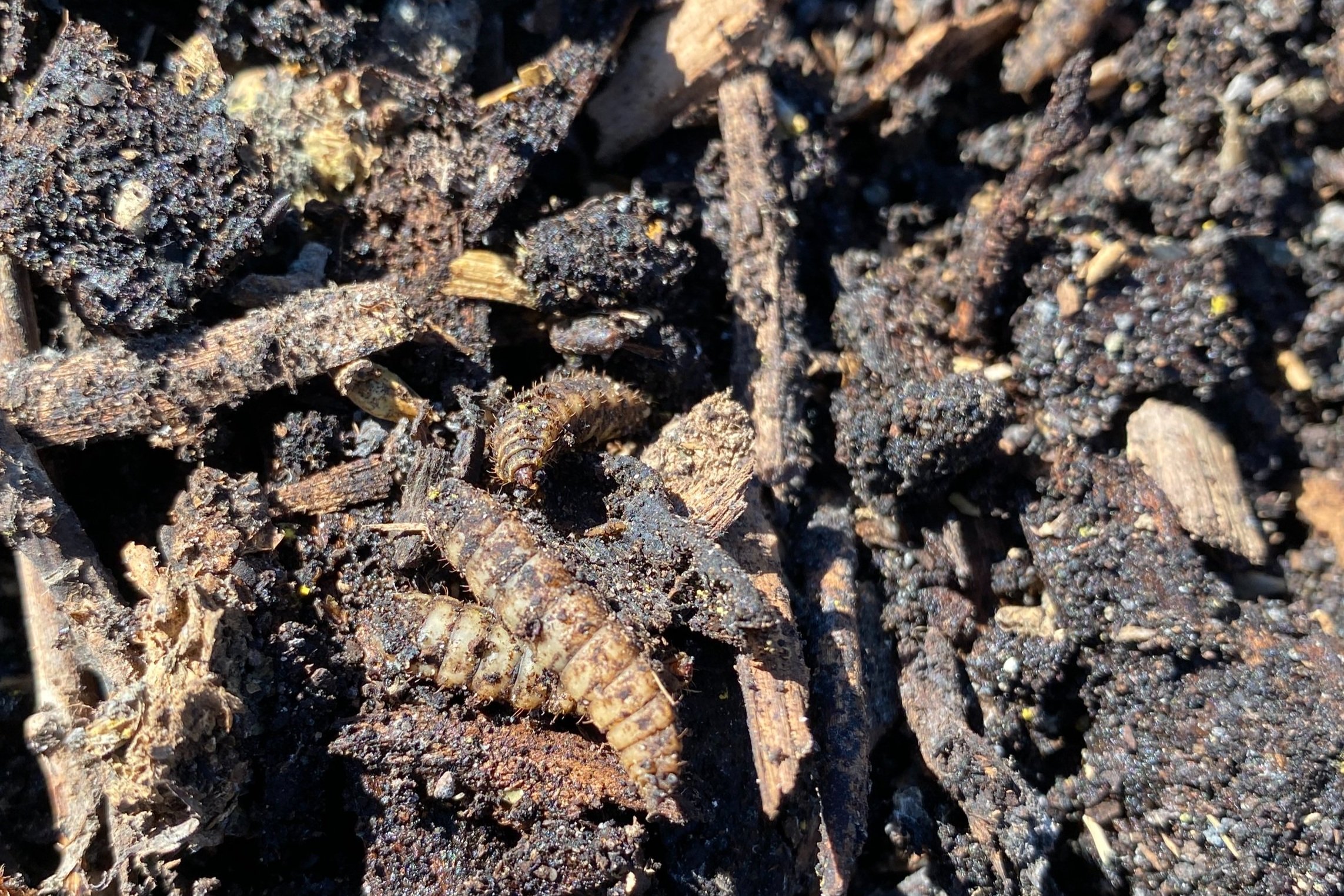Is Bokashi composting better than traditional composting?
Bokashi and traditional composting are great pals.
Both composting methods come with their own benefits and setbacks, and which is best really depends on what your home garden and sustainability goals are.
Bokashi uses effective microorganisms to ferment organic waste in an anaerobic environment. This method allows you to compost a wide array of food waste in sealed containers, including meat, citrus, dairy, and processed foods - all of which are typically not possible for traditional composting. The resulting product is a nutrient-rich soil amendment, or bio pulp, that can be used in your home garden, imparting impressive benefits.
Bokashi Benefits
1- It’s a FAST process.
The fermentation process can take as little as a 2 weeks to make a nutrient rich bio pulp that you can add to your garden to continue to break down. Bokashi composting is much faster compared to the months (and sometimes years) it can take for traditional composting to break down material into a helpful soil amendment.
2- You can compost virtually all food waste, indoors.
Since it’s an anaerobic method of composting, any food smells are contained and won’t spread across your home. The fermented bran used in Bokashi composting imparts a subtle sweet vinegar scent (think pickled goodies) when you open the bucket. You can add meat, bones, processed foods and snacks, dairy, and citrus to your Bokashi bucket. Traditional composting methods typically can’t handle these hard to breakdown food scraps.
3- It’s a great option for folks in apartments, condos, or living vanlife.
You can effectively use Bokashi composting anywhere you can store a small bucket or container that has an airtight lid. You can check out our shop for our kits, but you can also use what you have. When your bio pulp is fermented and ready for the great outdoors, you can share it with someone who has a garden or add it to plant pots to make your own soil.
But let’s not hate on traditional composting. That’s not how we roll.
Traditional composting, or active/hot composting, is an excellent approach. Like all composting, it’s a natural process that relies on aerobic bacteria and fungi to break down organic material.
This method typically involves layering organic matter, such as food scraps and yard waste, and allowing it to decompose over time. While this method may take longer than bokashi, it produces a rich soil amendment that can improve soil structure and fertility.
Active piles are just that: active. You’re tending to it, turning it regularly, letting it get hot, likely adding water in. A well tended pile can crank out compost in several months.
Traditional Composting Benefits
Accessible for folks with yards
For folks with the space, outdoor traditional composting allows you to take your composting tasks outside while still reducing the amount of organic waste sent to landfills.
2. Volume
Traditional composting allows home gardeners to add their leaves and decaying plant matter in large batches. In addition, traditional composting helps to build healthy soil and can support biodiversity in the surrounding area.
3. Familiar to Many
Most folks envision a heap of brown and green debris in the yard when they think of composting, and familiarity can be comforting.
So Which Method Wins?
Both. Or either. Basically, whichever method you can comfortably sustain and enjoy. Gardening should be fun and interesting after all.
Ultimately, the choice between bokashi and traditional composting will depend on the space you have, your garden goals, and what you enjoy most.
Bokashi may be a good option for those with limited outdoor space, or those looking to compost a wider range of materials. Traditional composting may be a better option for those familiar with the method who have large amounts of yard debris.
Adding Bokashi Bran to Traditional Composting
When your bio pulp is fermented from your Bokashi buckets, you can add it to your traditional compost to finish breaking down.
You can also dramatically speed up traditional compost piles by adding Bokashi bran to the heap and are enticing to macro decomposers like black solider fly larvae (see above).
See, they really do play well in the sandbox!
Our Vote
For our food waste, we exclusively use Bokashi composting. It eliminates challenges with pests/rodents, is bug free indoors, and is a fun and sustainable system for us.
For our yard waste, we exclusively use traditional composting. Things like leaves, plant trimmings, and grass clippings all go in the outdoor compost pile. We often add bokashi biopulp or Upcycled Bokashi to this pile to boost microbe activity.



